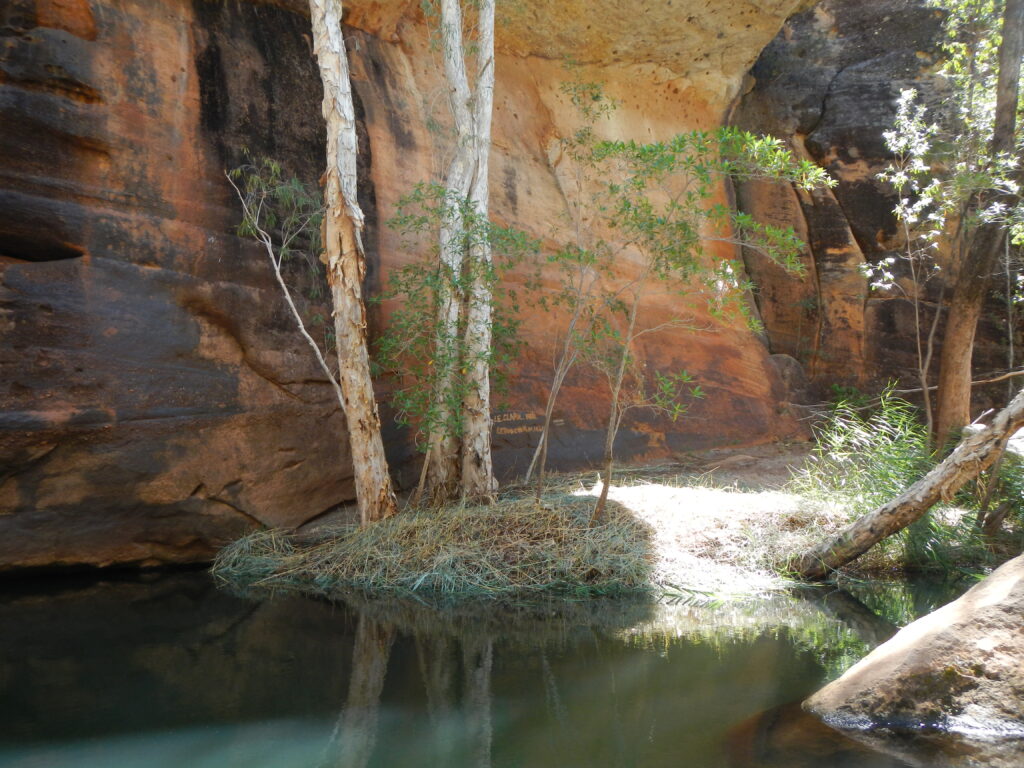Protected Magazine
From the President – Summer 2024
Hello, everyone! It’s been a very warm, wet welcome to 2024. At least, large portions of our flora and fauna are flourishing given the additional moisture and warm temperatures.
On another thread, early indications suggest that 2024 will be a year of opportunity, given the State elections later in October and the potential to gain commitments from both parties that benefit National Parks.
Are we seeing a shift in how the government is approaching Protected Areas (PAs)? Indications suggest that times are changing. It’s interesting that initial feedback from both the Queensland government and opposition indicates that private protected areas (PPAs) are of increased interest in the expansion and management of the Protected Area Estate, including progressing toward the 17% by 2032 target.
Why is this? The scale of Australia and Queensland is one factor. Just in Queensland, achieving 30% in PAs is equal to an area the size of Spain, which presents a challenge to both secure and then manage. And if Queensland were a country, it would be the 10th largest nation in the world.
Evidence over the past few years has indicated that declaring a new National Park is seen as a positive announcement that generates constructive media and support. However, the next step of effective management is seen by the general community as a less exciting investment. Funds for park management have not kept pace with the expansion of PAs, and so, feral pests, weeds, and fires are poorly managed in many National Parks.
Private Protected Areas that are secured by NGOs offer an interesting alternative to this. Organisations including Trust for Nature, The Nature Conservancy, Australia Wildlife Conservancy, Bush Heritage Australia, and others are actively securing land to protect its ecological values. They became established in Australia in the 1970s and now contribute to managing over 3 million square kilometres of land and own around 50,000 square kilometres.
Queensland’s first Special Wildlife Reserve (private land that has a level of protection similar to National Parks) was Pullen Pullen Reserve in the west of the State. This extensive area of 56,000 ha was purchased by Bush Heritage Australia in 2016 to protect critical habitat for the endangered Night Parrot. It is also actively managed, including substantially reducing feral animals, especially foxes and cats.
The Queensland government’s goal of achieving 17% of land protected by 2032 is an ambitious target given the scale of our state. Traditionally, we have seen this as the government’s role to acquire and manage such areas. This is changing as the role of NGOs becomes more active, and governments at state and federal levels lag in providing adequate funding.
NGOs are attracting substantial funding from people interested in donating to on-ground nature conservation. Australia now has the second-largest percentage of land managed privately for conservation in the world, after the USA. Many PPAs that are owned by these NGOs are open to the public, though often only at certain times of the year.
All of this indicates that the role of government and NGOs is changing. NPAQ intends to establish productive relationships with such organisations.
Times don’t stand still, and NPAQ will engage constructively with this positive shift.
Susanne Cooper
President, NPAQ


